Thin Slides EduProtocol
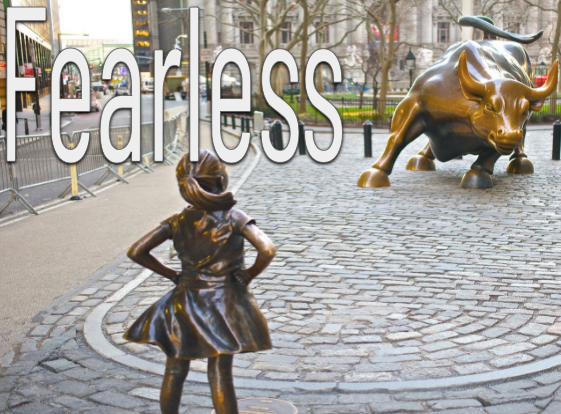
In this EduProtocol, students are provided a word and asked to create a slide with the word, a definition, and a picture in 3 minutes or less. Students are given about 5-10 seconds to share and “whip around” the classroom.
Frayer-a-Thing EduProtocol
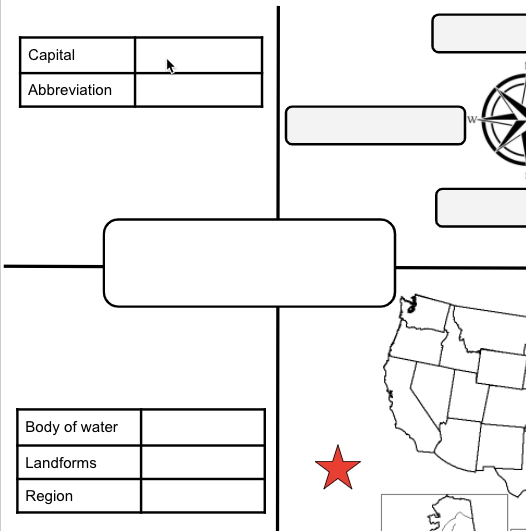
In the Frayer EduProtocol, students use a collaborative slide deck to define target vocabulary and apply their knowledge by generating examples and non-examples, giving characteristics, and/or drawing a picture to illustrate the meaning of the word.
Iron Chef EduProtocol

The Iron Chef EduProtocol, modeled after the Iron Chef Cooking show, is a modernized version of the jigsaw. Students work in small groups to read, synthesize create, and present to their peers.
Cyber Sandwich EduProtocol
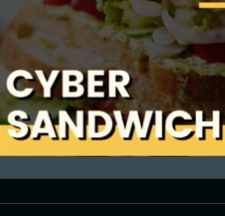
The Cyber Sandwich EduProtocol is a lesson frame in which students work in pairs or small groups to create a collaborative Venn Diagram. They record notes, compare and contrast topics, and summarize what they have read in this structured think-pair-share activity.
Thinking Routines for the Online Classroom
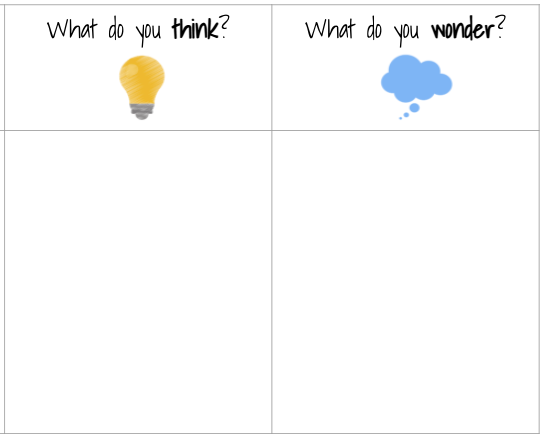
Project Zero at Harvard’s Graduate School of Education has created a collection of Core Thinking Routines as part of their Visible Thinking Project. This post highlights 5 Routines that encourage students to be intentional thinkers and provides a “how-to” document and Google Slides template for each.
Virtual Station Rotation Lessons
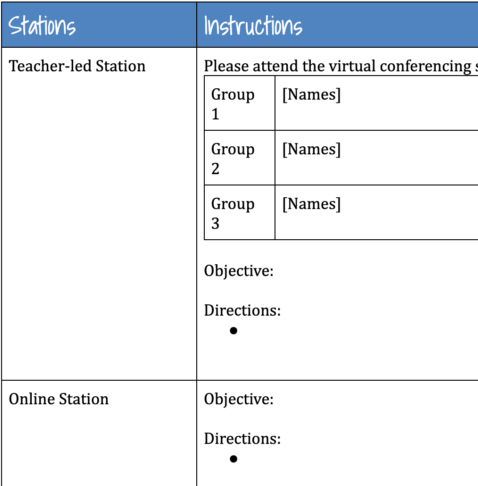
Instead of rotating physically like they would in a typical classroom, virtual station rotations have students shifting from one learning activity to the next. The beauty of the station rotation model lies in the small group dynamic, opportunities to differentiate more consistently, and increased student control over the pace at which they move through individual tasks.
6 Ed Tech Tools to Try in 2021
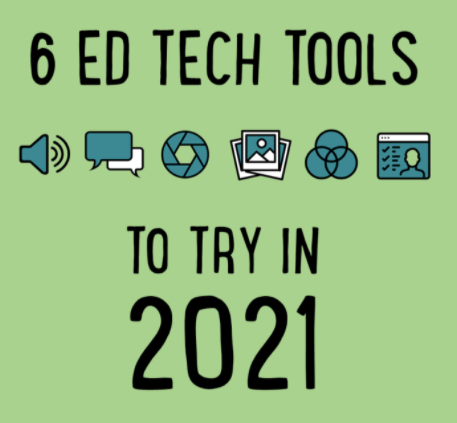
The six tech tools described in this post are from Cult of Pedagogy’s 2021 Teacher’s Guide to Tech. Featured tools include Mote, AllSides, Google Lens, Bulb, EmbraceRace, and Prezi Video.
Creating Moments of Genuine Connection Online

With 100% of our instruction being online, it is more crucial and more difficult than ever before to build relationships with students. In this post, Dave Stuart Jr. shares one of his most effective strategies for connecting with students and building trust in the classroom. He calls them Moments of Genuine Connection (MGCs).
10 Ways to Stay Motivated as You Work on Student Motivation
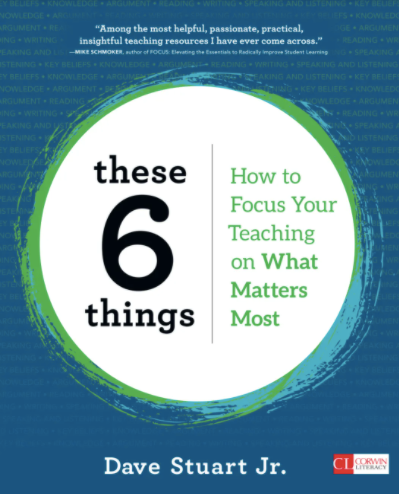
As we’re working to increase our students’ motivation, how do we not become demotivated ourselves? Here are 10 things that might help. This post also includes a link to a newly released free video mini-course about staying motivated as a teacher when times are tough.
4 Ted Talks to Teach Executive Functioning Skills
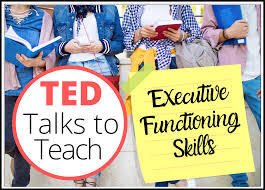
Executive functioning skills are key for our students to find success in the classroom and throughout their lives. EF skills include working memory, time management, organization, task initiation, emotional control, planning/prioritizing, and sustained persistence. Here are four engaging Ted Talks to be used in the classroom to help teach some of these much-needed skills.
Building a Better Breakout Room
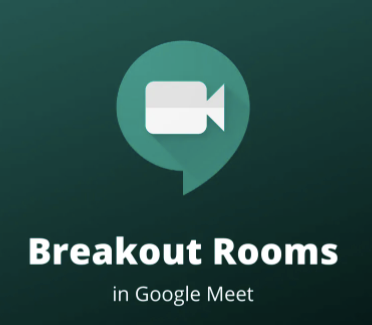
Google Meet now gives you the ability to put students into smaller meetings, or breakout rooms, for small-group discussion and collaboration. But just sending students into these rooms won’t usually get you good results, and teachers all over the world have been learning what works best through trial and error. This resource is a summary of the most common tips.
Creative Ways to Use Jamboard
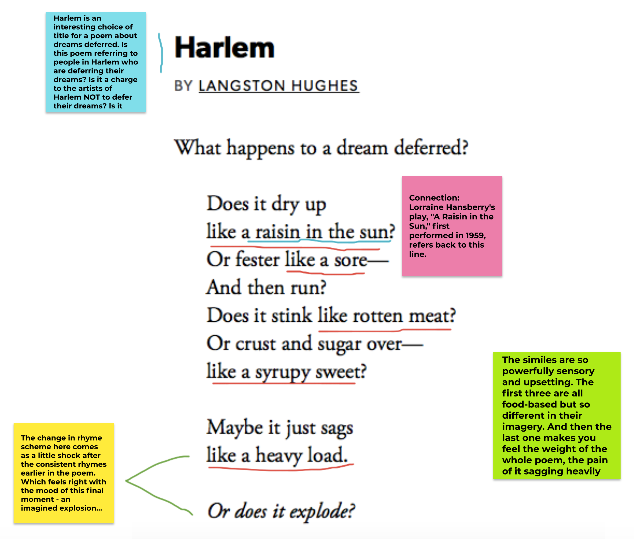
Jamboard is Google’s digital whiteboard that gives students a place to brainstorm and work collaboratively using drawing and writing tools, sticky notes, shapes, images, and more. This resource includes templates and activity ideas including annotations, photo comic strips, voting, pros and cons discussions, Top 10 Lists, and Four Corners.
Silent Discussions
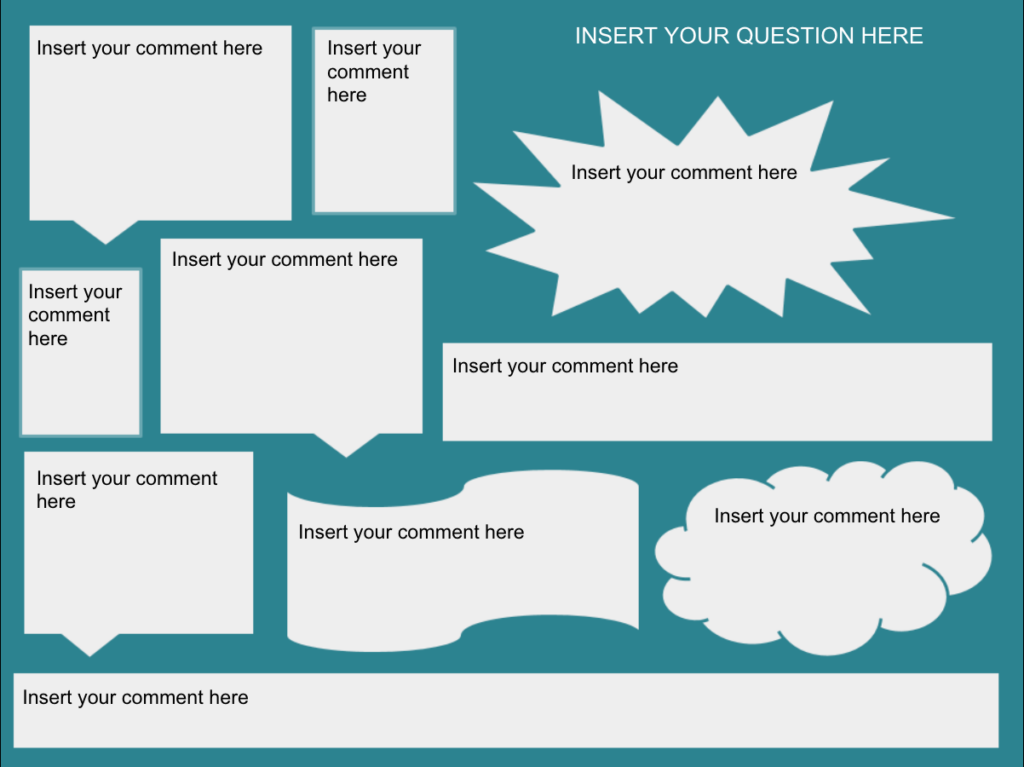
Silent Discussions are a discussion warm-up activity that modifies easily to the online environment. Using the collaborative question slide deck provided, invite each student to add a question to the top of one slide and begin adding responses on others’ slides. You can ask them to respond and read on maybe five slides, and then begin your class discussion based on the questions and answers they’ve already been exploring…
Engage-Explore-Explain Choice Boards
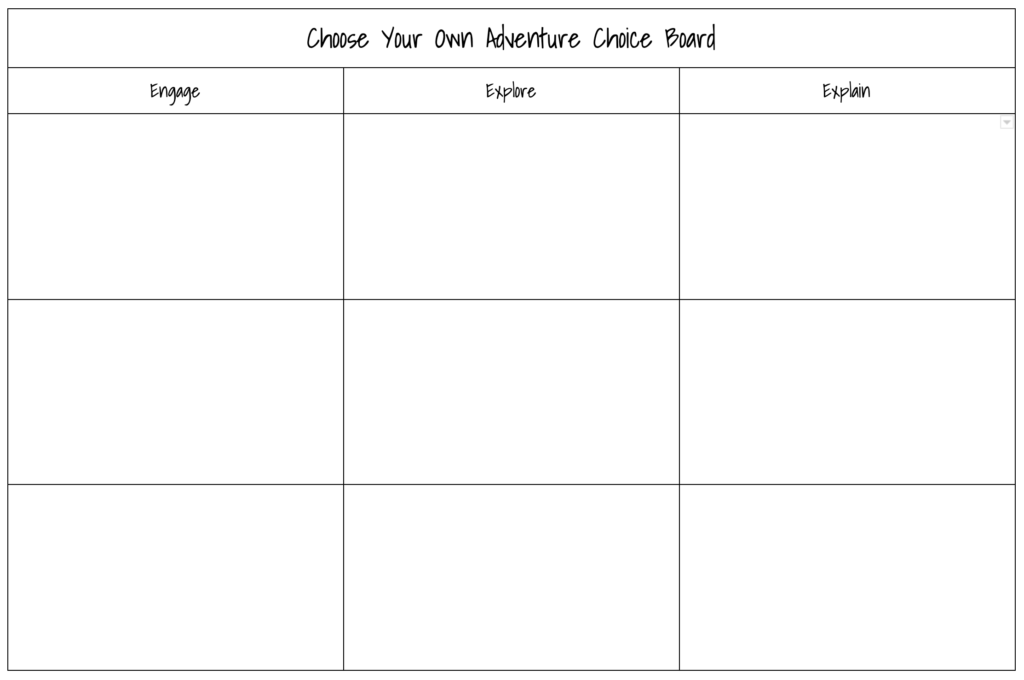
A choice board is a graphic organizer that allows students to choose different ways to interact with a particular topic. Teachers can require that students complete items from the choice board in a specific way, such as choosing one activity from each row or column. In this example, each column contains a different category of activities that ask students to engage with, explore, or explain somethng related to the topic.
Choose Your Own Adventure Project
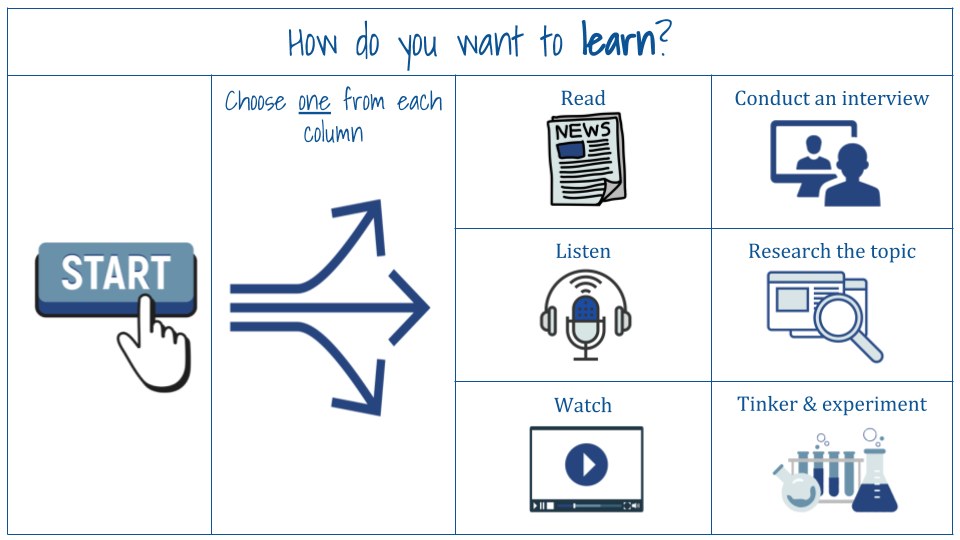
This creative “choose your own adventure” learning experience gives students lots of voice and choice in just about every aspect of learning and would be perfect for a term project. A google slide deck template provides the structure but students choose how they want to learn, how they want to process what they discovered, how they want to practice and review, and how they want to share their learning.
Digital Bulletin Boards & Gallery Walks
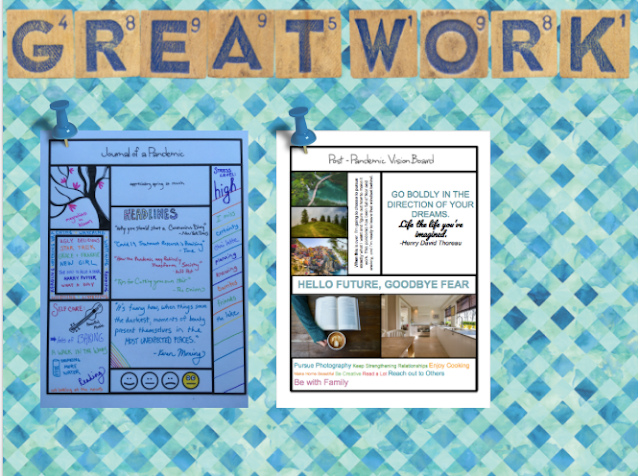
You don’t have to give up Gallery Walks just because we’re teaching online. Use this set of digital bulletin boards to display whatever you want – one-pagers, sketchnotes, vocab word wall posters. Choose your favorite color and copy the slide, or use them all.
Intro to Eduprotocols
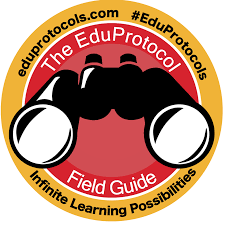
EduProtocols are instructional lesson frames that are designed to engage students in online learning through critical thinking, collaboration, communication, and creativity. Featured EduProtocols include Thin Slides, Cyber Sandwich, Iron Chef, Frayer Model, Sketch & Tell, The Fast & The Curious, and Number Mania.
Interactive Quizzes
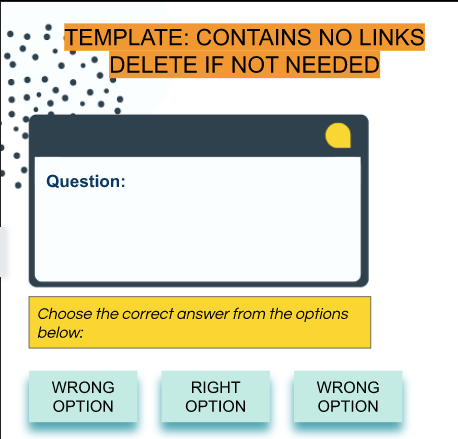
Learn how to create interactive quizzes using Google Slides. Template included.
Interactive Choice Boards
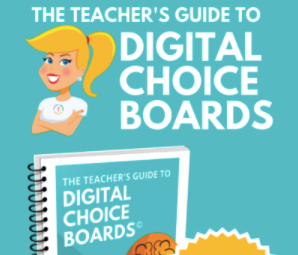
Choice boards are a form of differentiated learning that gives students a menu or choice of learning activities. Learning menus and choice boards can be created in a variety of styles and mediums including Tic-Tac-Toe, Bingo, Restaurant Style Menu
Learning Style Choice Boards, and
4 C’s Choice Boards.
Digital Interactive Notebooks
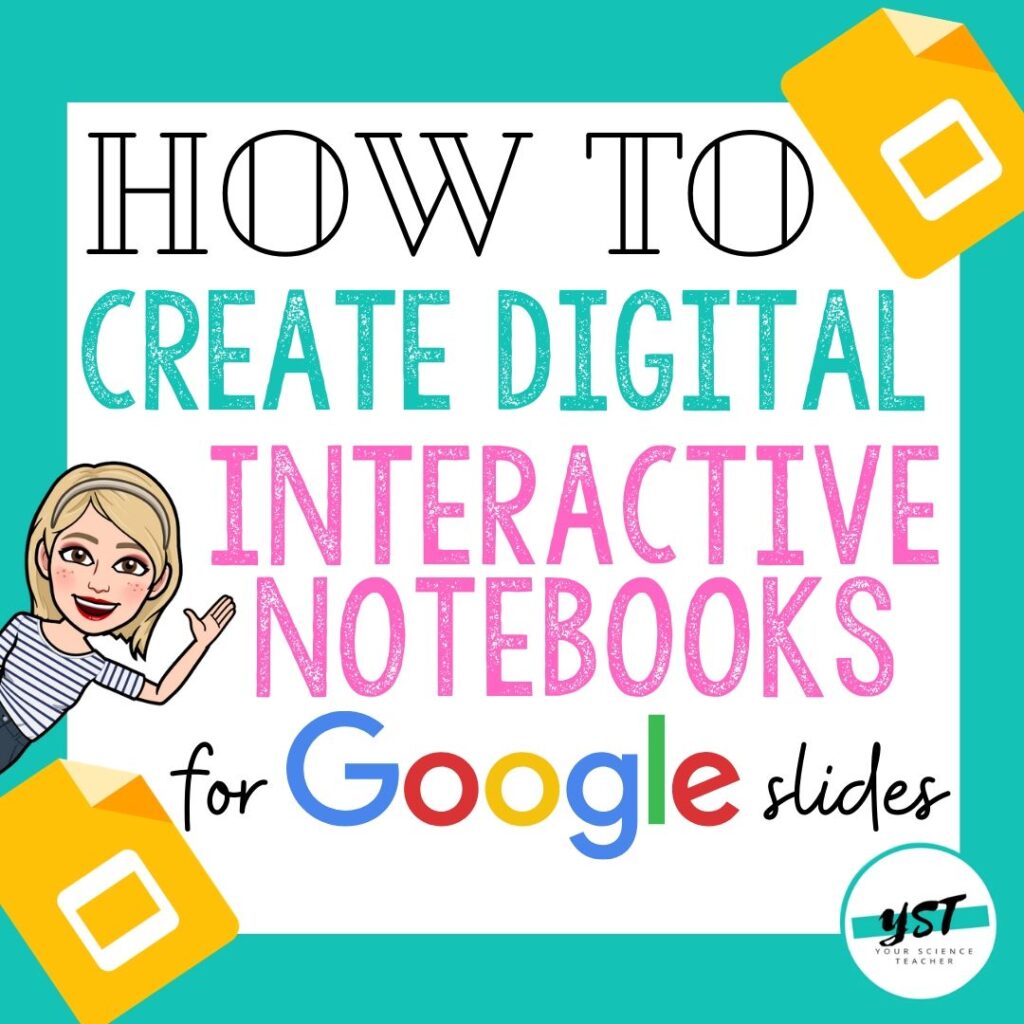
DINBs are virtual binders that students use to organize their class notes and activities, and to interact with content. Here you’ll find templates,samples, and instructional videos on how to create your own DINB.
